Everyone knows that fresh herbs have a richer taste and aroma than dried and ground, which we usually buy in stores. The green leaves of the spice are softer in taste and much healthier. In addition, like flowers, potted herbs can be a beautiful decoration of any kitchen. Therefore, it is important to create such a potted garden in a small kitchen. Growing seasonings is not at all a difficult task, but the benefits it brings are quite valuable.
Of course, not all herbs can grow in a pot. Unfortunately, oriental spices such as cinnamon, ginger and pepper cannot grow in a pot. But, basil, thyme, oregano, tarragon and parsley will grow well at home – these are the herbs that are most often used as seasonings. Some herbs have a short growing season, while others can grow in pots throughout the year.
Those who are not completely convinced of their gardening skills can buy potted herbs in supermarkets in supermarkets. They just need to be transplanted into new, larger pots – otherwise, the herbs will not grow for a long time. Much better results will be if you grow herbs in pots, starting with sowing seeds or planting seedlings. Note that seedlings and seeds are available in stores and are specially adapted for growing at home. It is better to sow herbs in the spring. In the spring they grow faster. You can also plant many types of herbs in one large pot. However, an international spice company recommends that you plant individual herbs in separate pots – it will be much easier to take care of them. Because different types of herbs often require different conditions. The stores sell special sets of pots for herbs,
Most potted herbs require a very large amount of sunlight. Thus, most of them will feel good only on the sunny windowsill. It is also necessary to remember that many spices need high humidity. They should be watered regularly, preferably daily. Do not expose grass in pots to drafts and temperature changes. This not only affects their vitality, but also the taste of the leaves.
Rosemary
All this plant needs is fresh air and sun rays. However, it is better to plant immediately grown stalks rather than seeds. Rosemary does not like excessive humidity, so you should not get involved in watering. Fertilize once a month. This plant can grow up to two meters high, so it’s better to immediately take a spacious pot. As a seasoning, rosemary leaves add an original barbecue flavor, and blue flowers decorate salads and soups.
Lavender
To grow mountain lavender at home, you need to follow simple rules. She needs the sun, plentiful watering, light soil and pruning at the end of flowering. It should not be cut too low, otherwise the plant can be destroyed. In winter, it is better to reduce watering, and transfer the plant from the balcony to a cool room (especially if there are severe frosts in your region).
In cooking, stews, fish and vegetables are scented with lavender, added to pastries, desserts.
Basil
This plant prefers enriched with minerals and fertilizers, moderately moistened soil, but can not stand drafts. But she loves to bask in the morning sun. Seeds can be planted in a pot and safely grow a flower year-round in room conditions.
If you plan to use basil in cooking, you should remove the thorns from the plant as soon as they appear. This herb is in perfect harmony with the taste of pizza and spaghetti. Dry leaves, powdered, will replace pepper. But fresh leaves are better to tear with your hands, and not cut.
Sage
For this plant you will need a very large pot (preferably clay), since it has an impressive root system. In addition, sage needs a lot of light (you can use special lamps for plants). The soil should not be waterlogged, however, the plant gets used to the moisture level (from 50% to 90%) and he will not like the sharp change.
In folk medicine, sage leaves are used as a disinfectant, astringent and anti-inflammatory agent for rinsing, lotions and as an expectorant.
As a spice, sage is added to salads, marinades, meat and fish dishes.



















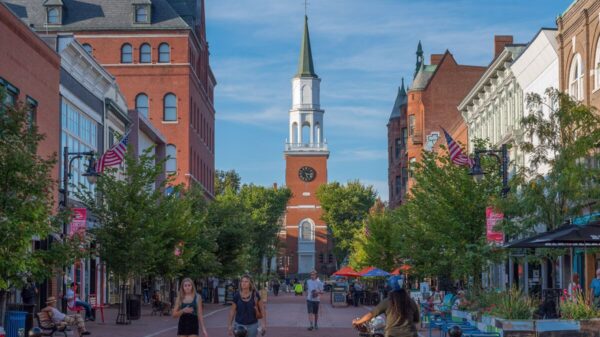







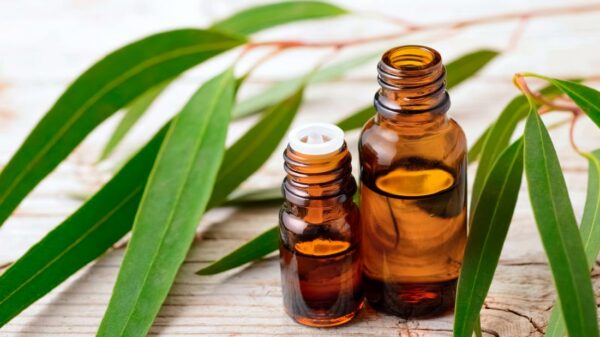













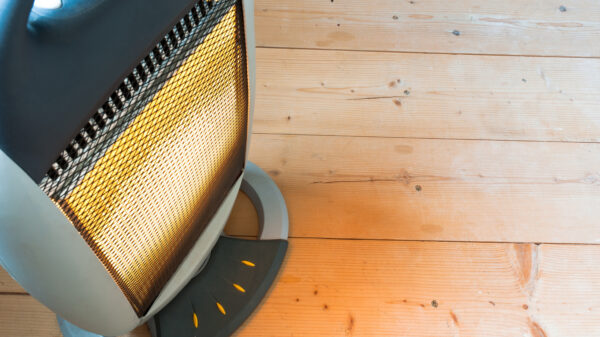

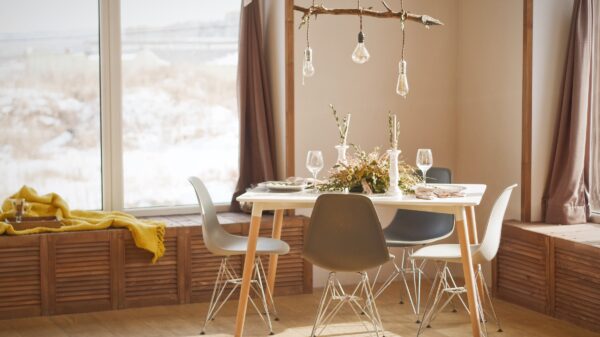

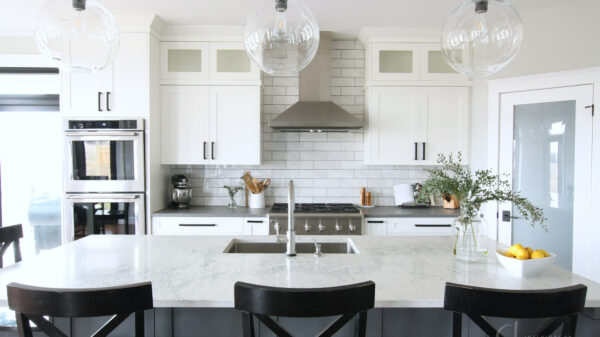
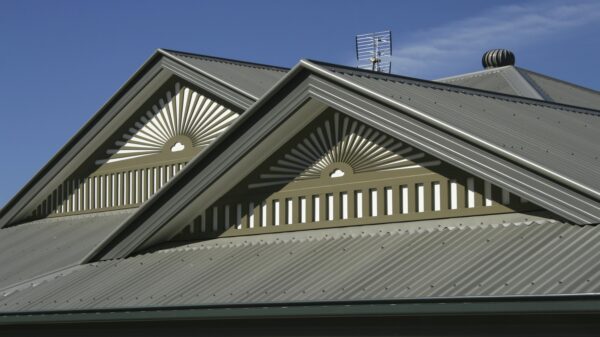
















You must be logged in to post a comment Login